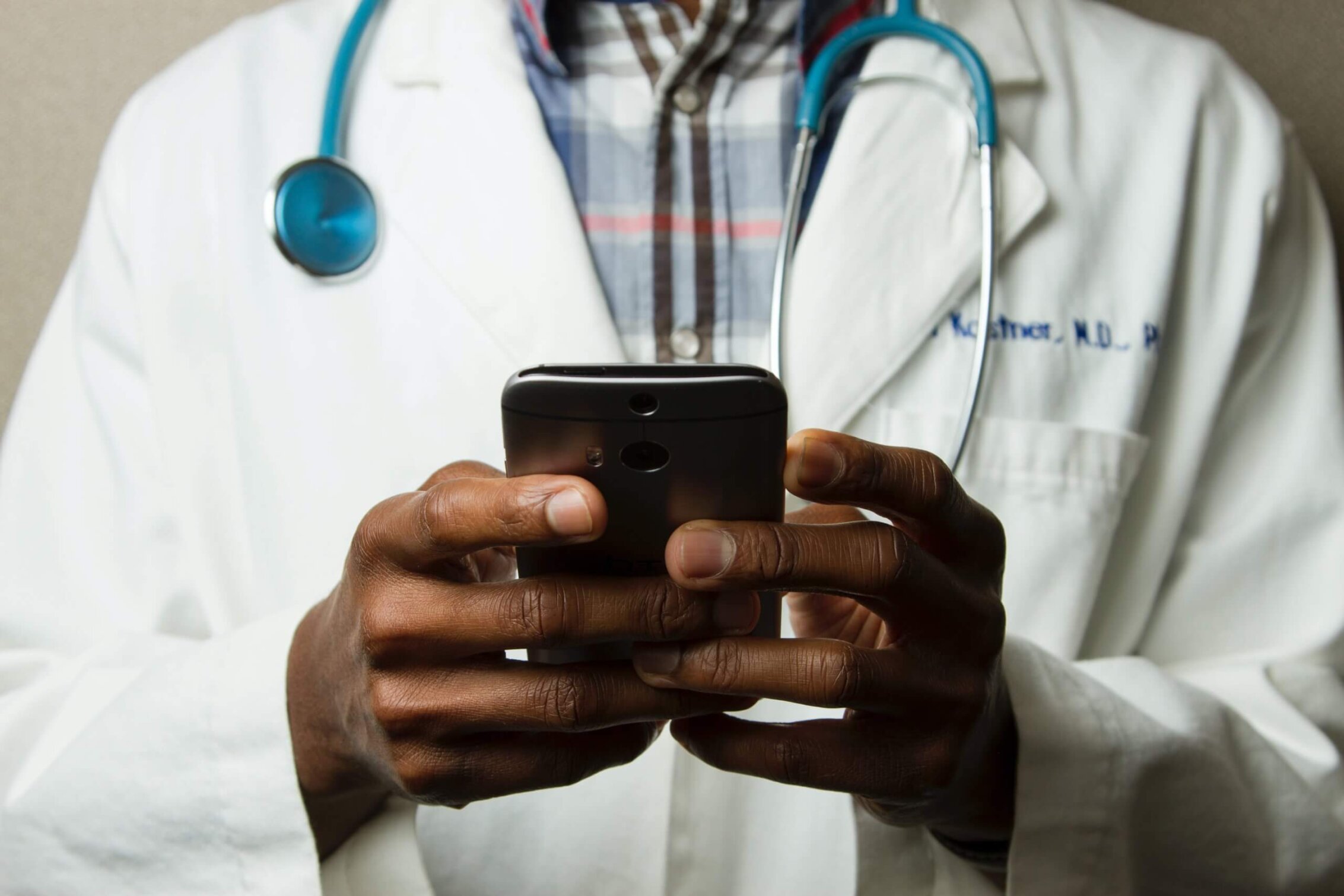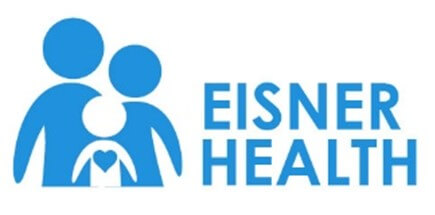COVID-19 has forced everyone to adapt to a “new normal.” Seemingly overnight, dining tables became offices, bedrooms became classrooms, and external video cameras became hard to find. COVID-19 significantly disrupted the health care industry. This disruption fueled immense innovation among health care providers. Suddenly, there was an overwhelming need to ensure continuous health care and guarantee patients’ and families’ needs were being met. During this incredibly difficult time, health care providers overwhelmingly adopted telehealth systems to virtually care for patients.
Telehealth opens up the lines of communication between provider and patient, allowing for more streamlined, personalized care when you need it the most. Telehealth is beneficial for patients. It allows patients the opportunity to easily speak with their health care teams to receive quick answers to their health care questions. Telehealth is also beneficial for health care providers. It offers a continuous approach to care, promoting more frequent communication between provider and patient and encouraging the adoption of health care solutions that are most advantageous for the patient.
COVID-19 has accelerated change in health care and beyond. Yet, as we emerge from the COVID-19 pandemic, will telehealth become the new norm, or will it simply be thought of as a temporary replacement to in-person appointments? On October 21, 2020, the federal government’s COVID-19 Public Health Emergency expires. If this emergency declaration is not extended, it means providers can’t bill for all Medicaid visits. This may force providers to discontinue telehealth services altogether.
We believe telehealth is the future of health care because it allows access to important health care services for all patients. This is especially advantageous for low-income patients. Here’s why:
Low-income patients want telehealth solutions
Eisner Health, a nonprofit community health center with 16 locations in Los Angeles County, provides patients with medical, dental, optometric, behavioral health, OB/GYN and pharmacy services, regardless of income. The team at Eisner Health has seen the benefits of telehealth among its more than 50,000 low-income patients.
In its Q2 survey of both Spanish-speaking and English-speaking patients, 80 percent of all patients expressed wanting telehealth as an option for future visits. Additionally, 95 percent of patients were “satisfied” or “very satisfied” with their last telehealth visit.
“Clearly the need is there among our patients for increased telehealth opportunities,” said Warren Brodine, President & CEO of Eisner Health. “As a health care provider, we need certainty. We want to be able to offer the same modality of care regardless of payer source. We also want to develop a physical building that can serve all patients with enhanced capabilities to facilitate the telehealth visits that our patients desire.”
Timely visits precipitate more visits:
No one likes to sit in a doctor’s office for longer than needed. Telehealth visits are more timely visits, which make going to the doctor that much more convenient. Suddenly, a 15-minute telehealth visit with your doctor actually takes 15 minutes. This is especially important for low income patients.
Often, low income patients rely on public transportation to get to and from the doctor. When their doctor is running behind schedule and the appointment takes longer than expected, that could mean missing the one bus that gets them back to home. Low income patients most often work in hourly jobs. Taking time off of work to visit the doctor is not only problematic, but it also means fewer hours they are getting paid for working.
Telehealth makes visiting the doctor more convenient. This breaks down the health care barriers and encourages people to take control of their health by engaging in more preventive care. Increased preventive care reduces health care costs for everyone and leads to healthier communities.

